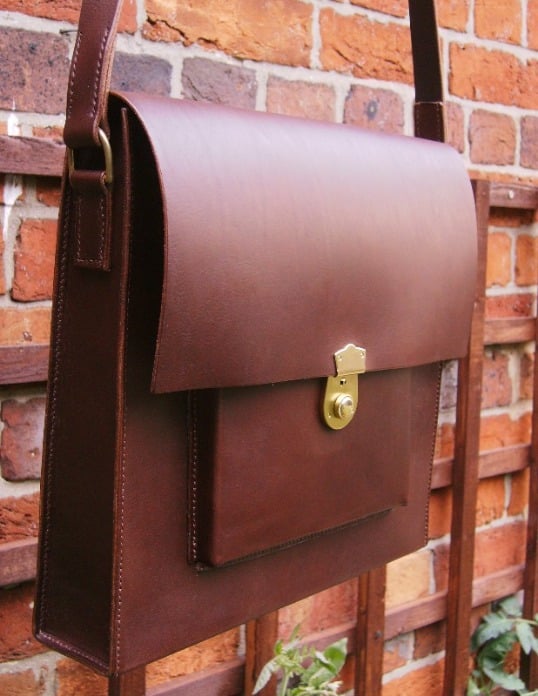What does 'bespoke' mean in my line of business?
Posted on
For many people having a ‘bespoke’ item made conjures up an image of something costing lots of money. It is, afterall, what ‘other’ people with lots of disposable income do. But is it? Or does it depend on where you place value? For some people the latest electronic gadgets are their thing. For others it is designer clothes, fine dining or having a nice car.
Yes, there is a cost implication when you have something made for you. However, I think there are a number of things that you need to offset against that, and these go beyond the price of the item.
I am fortunate to have a few regular customers. One has always employed artisans to undertake work for her. It was a model that she grew up with and has continued throughout her life. She knows what she wants and gains satisfaction from knowing the artisan making her product.
In many ways I often think we have lost touch with our manufacturing heritage here in the UK. That understanding of the processes involved in creating a piece and very much part of our industrial heritage. The availability of different price brackets on the high street has drawn people to a more disposable culture and perhaps lowered expectations around the life cycle and life expectancy of a product. Concerns around working conditions, sustainability and the environment only serve to highlight this disposable culture even more.
In a small business like mine we are often competing with high street expectations and prices. I’ve had many conversations with people who would clearly like something made but don’t realise the processes involved and expect a high street price.
This image is well known on the internet. It makes the point about what happens when the client asks if you can do it cheaper.
I mentioned earlier that there were some things that you have to offset. So what are they? Let's start with peace of mind. Having something made for you means that you can get what you are looking for. You are also investing in yourself because you are worth it. This may be a hackneyed line but it is nonetheless important. I have made several bags for a lady who wants the bag for specific purposes, as each bag needs to contain specific items. With any commission like this there is always a discussion considering the different aspects of the design; the size, shape, requirements, leather type, lining fabric, position of the pockets and closures. I then put together the design and create a mock up of the bag so we can test the function. Alongside this we will look at samples of leathers and fabrics as we make important decisions about the bag. Only when we have made any adjustments and finalised the details, I will then make the bag.
Getting an item that fits your requirements is another bonus of having something made for you. I make my leather belts to fit the person, not a ‘size’. There is no standardised sizing within the fashion industry. You could pick a certain clothing size from a selection of well known high street stores and each item would have differences in measurements, despite being advertised at the same size. It is the same within the shoe industry. Why then would you come to an independent maker? Because you want something that fits you. Because you don’t want to be traipsing around stores, be they actual shops or online stores trying to work out if that item will fit you. Because you have better things to do with your time and don’t need the hassle.
A leather belt that fits you is a thing of great beauty and comfort. The belt adjusts to your shape and will last a long time. You can choose your leathers, maybe have belts in different colours or add some surface decoration, all safe in the knowledge they will fit you, even if you happen to gain or lose a few pounds.
As one of my customers you get the benefit of my experience and the wealth of specialist knowledge I have in my field. This is something that I have gained over years and gives me confidence in the quality of products that I offer and the after sales follow up. You are dealing with me, not a large company with a switchboard or helpdesk. I try to explain the process to potential customers, highlighting the steps involved along with the benefits to help them make an informed decision. For some it may not be the right time to make that purchase, for others it is what they are looking for.
The process does take time. I can’t make a belt in ten minutes and wouldn’t either. But, working with the customer to create a product that will have value to them should not be rushed or underpriced.
The difference?  or
or  ?
?
(NB. All typos and errors in grammar are definitely mine).



















